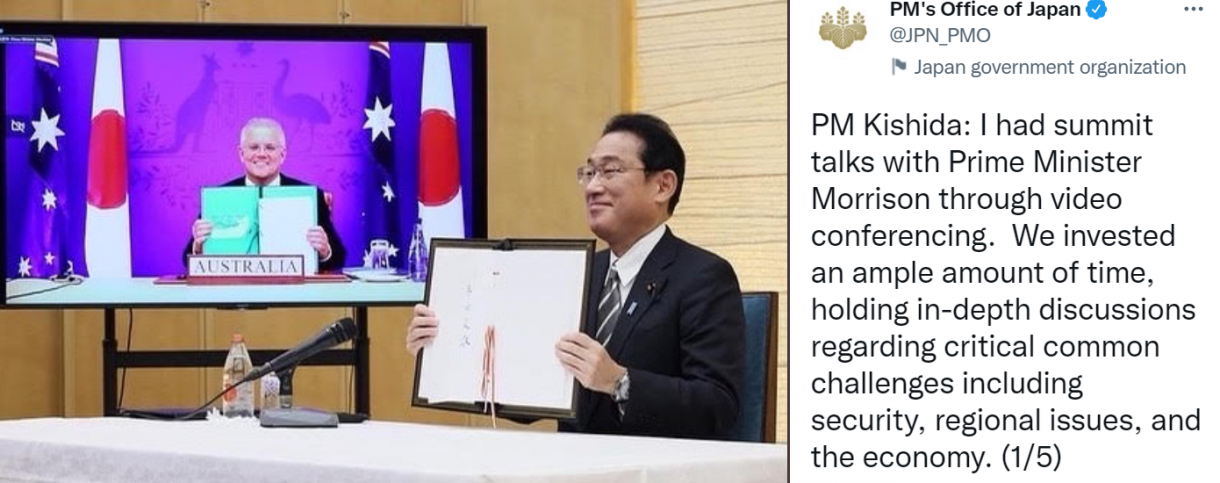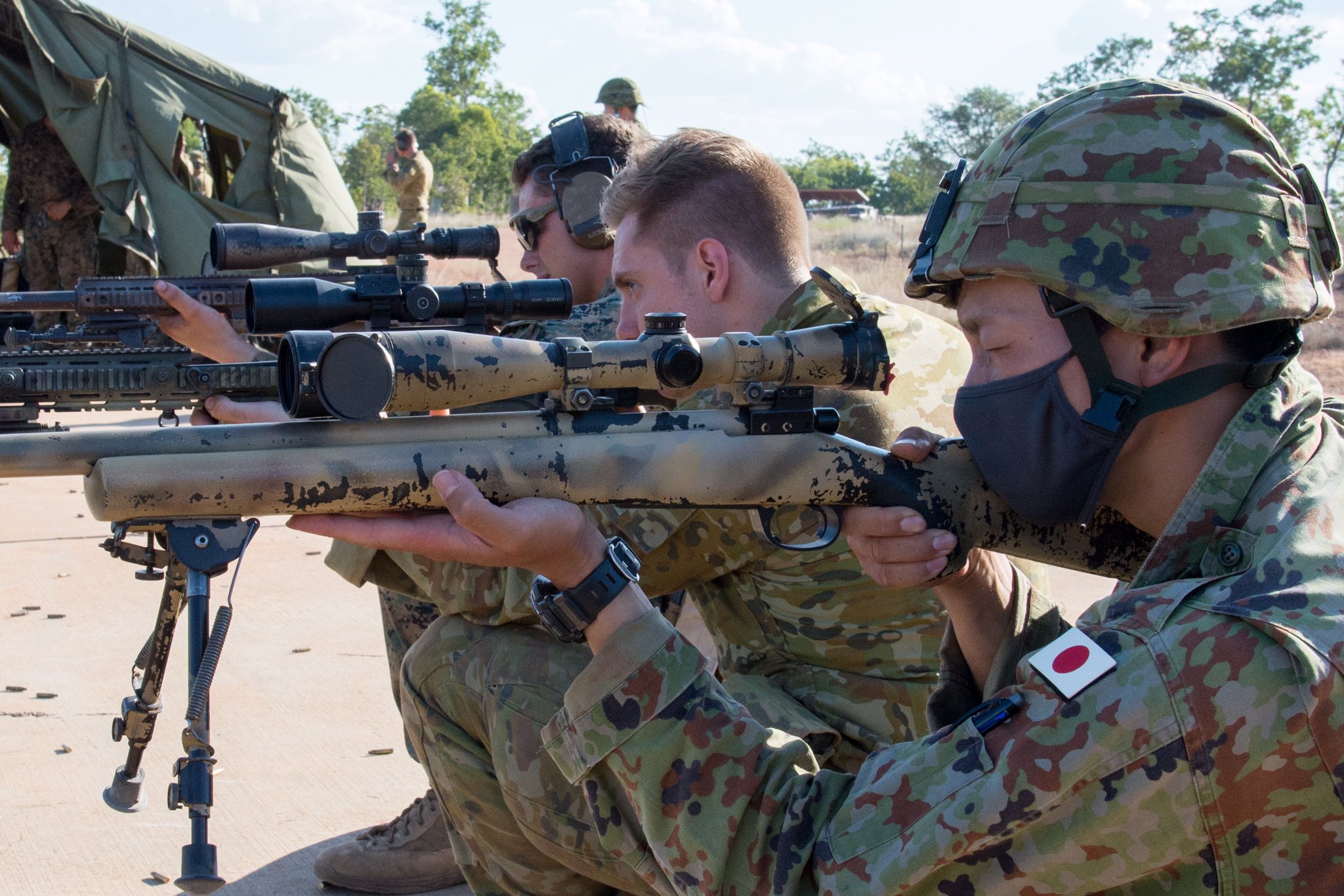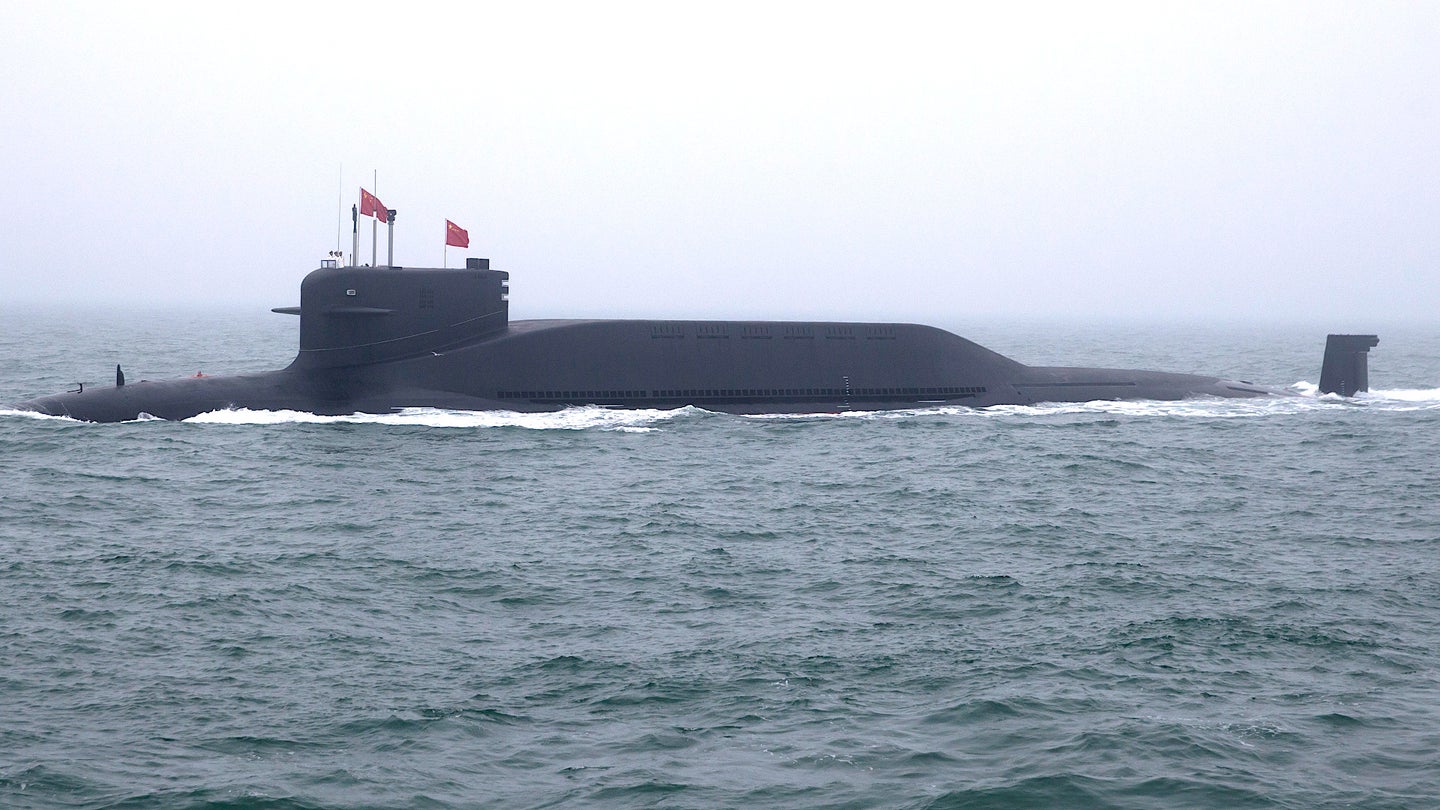By Amb. Gurjit Singh
In a cold start to 2022, Japan has bolstered its strategic partnership with two Quad members, Australia and the USA. The signing of the Reciprocal Access Agreement (RAA) between Japan and Australia is significant. The military establishments of both Quad partners can work together on defense and humanitarian related operations.
On the same day, January 6, Japan held its 2+2 with the USA with the participation of US Secretary of State Antony Blinken and Defense Secretary Lloyd Austin along with Japan’s Foreign Minister Yoshimasa Hayashi and Defence Minister Nobuo Kishi.
Prime Minister Kishida was to travel to Australia, but due to Covid restrictions, held a virtual summit. The RAA is the first time since 1960 that Japan has signed a defense pact of this stature with any country.
In 1960, the Treaty of Mutual Cooperation and Security between Japan and the US was concluded, under which, the US maintains a status of forces agreement and several bases with naval armadas, fighter jets, and troops in and around Japan. Japan obtains support for the SDF, ballistic missile defense shield, communications security, and HADR support. The US 7th Fleet is located at Yokosuka, Japan.
For the post-World War II generation, the Japan-US defense pact has been seen as the basis for regional security.
The Japan-Australia Reciprocal Access Agreement we signed today is a landmark agreement and the most important outcome of our meeting. (2/5) pic.twitter.com/H6ltndDjKp
— PM's Office of Japan (@JPN_PMO) January 7, 2022
The Japan-Australia Partnership
The Japan-Australia special strategic partnership 2014 is the only one that Australia has with any partner. Australia views this as two trusting partners, both democracies, committed to the rule of law, human rights, open trade, and free and open Indo Pacific.
The 2007 Joint Declaration on Security Cooperation (JDSC) provided the basis for cooperation on security issues, including in law enforcement, border security, counter-terrorism, disarmament and counter-proliferation of weapons of mass destruction, maritime and aviation security, peacekeeping and HADR. This is steadily built upon.
The 29-Article RAA transitions the growing engagement bilaterally and through Quad into a period when more advanced defense and security cooperation is envisaged. The rapidly changing power equations in the Indo-Pacific make both, Australia and Japan, consider it a challenging environment.

The motivation behind this comes from the rise of China’s military and economic intent. The current concerns which RAA hopes to counter all relative to China. This includes the Chinese push against Taiwan, the Chinese curtailment of freedom of navigation in the region, particularly in the East and South China Seas, and aggressive Chinese trade behavior which has impacted Australian exports to China in a big way.
The humanitarian operations emanate from Japan’s defense white paper, which focuses on humanitarian assistance as a major rule for its Self-Defense Forces (SDFs), which constitutionally are yet not allowed to maintain an aggressive posture.

The RAA shows that Japan and Australia are working towards a stronger partnership among themselves and within the Quad. Australia in September 2021, signed the AUKUS in a bid to acquire nuclear-powered submarines from the US.
The AUKUS engages traditional partners, the UK and the US, in a deeper manner on defense matters with Australia. Though AUKUS riled France, it is essentially aimed at challenging Chinese hegemonistic intent in the region.
With Australia, the US is particularly happy to work to counter China in the South and Western Pacific where China has an improved footprint.
RAA — A Big Boost To Quad
The RAA, in a sense, completes the triad of bilateral agreements between Japan, the USA and Australia and hence strengthens Quad.
The Canberra-Tokyo relationship bloomed since Shinzo Abe visited Australia in 2014. Both countries started playing a bigger regional role. After the Trump administration withdrew from the Trans-Pacific Partnership (TPP), Australia and Japan came together in 2018 to rescue it and create the CPTPP.
This is the arrangement that now China has applied to join. Australia, Japan and the US have a Trilateral Partnership for Infrastructure Investment in the Indo-Pacific. That promotes sustainable infrastructure development and mobilizing private investment for regional infrastructure
The blossoming of the Japan-Australia partnership essentially draws from Chinese activities. Initially, when the China-Japan dispute over the Senkaku Islands emerged in 2005, Australia chose to see it as a bilateral problem in which it had no direct stand.
At that time, Australia preferred the ASEAN way of engaging China economically, seeking a trade partnership and avoiding strategic questions. However, in recent years, China has ‘punished’ Australia for its forthright strategic option exercised through the Quad, by curtailing its imports of Australian coal, barley, wine, beef, and cotton. This affected $25 billion of Australian exports which have since sought diversified markets.
The earlier Australian diffidence is now a confident stance, and Australia is engaging the USA more deeply through AUKUS, India through revived strategic partnership and Japan now through the RAA.
Undoubtedly, the Quad has created the ambiance for the Japan-Australia relationship. Through participation in the two Quad summits in 2021, Australia fully engaged with Quad partners, challenging China’s effort to dominate the Indo-Pacific the strategic thinking to include AUKUS and RAA beyond Quad will possibly lead to closer engagement with India too beginning with a trade deal.
Keeping A Close Watch On China
Japan’s National Security Strategy (NSS) is under review this year. The original NSS of 2013 included closer cooperation with regional partners like the US, Australia, and India.
Japan pursues a massive increase in its defense budget, doubling it to almost 2% of GDP, which will amount to $100 billion. Japan’s NSS will concern itself with Taiwan and its own Senkaku Islands where Chinese intrusions have rapidly increased.

China’s revised Coast Guard law allows greater freedom to its coast guard ships which accompany Chinese fishing boats to take assertive action. In 2020, Chinese ships intruded more than 300 times into Japanese waters around the Senkaku Islands.
Meanwhile, Japan has clarified that its Treaty with the USA will cover the Senkaku Islands and Japan will offer support to the US in case of an emergency in Taiwan. While the nature of this is unclear, it is definitely possible that Japanese bases will be used by the US to defend Taiwan if the necessity arises.
Meanwhile, the US should be happier because with Japan and through AUKUS, American defense equipment would have primacy in their acquisition processes. What remains to be seen is if Japan and Australia will join the US front-foot position on Chinese assertiveness or prefer playing on the backfoot for a draw.
(The author is the former Ambassador to Germany, Indonesia, Ethiopia, ASEAN and the African Union. He is the Chair, CII Task Force on Trilateral Cooperation in Africa, and a Professor, IIT Indore.)




